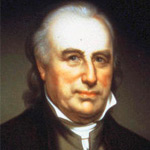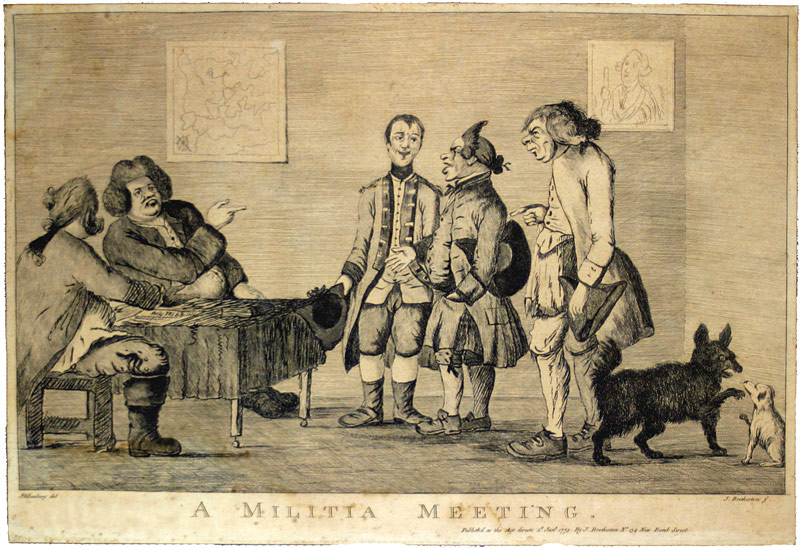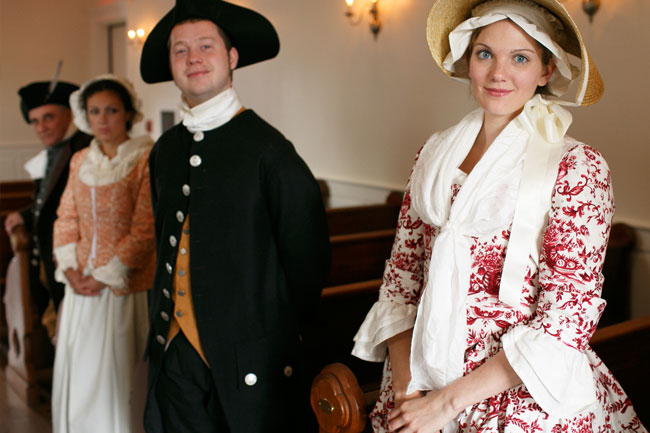The original Dartmouth and Beaver were built and owned by the Rotchs, an affluent Nantucket Quaker family. The patriarch of the Rotch family dynasty was Joseph Rotch, who was born in Salisbury, England on May 6, 1704, and later immigrated to the American colonies. Joseph Rotch was a shoemaker by trade and moved from Salem, Massachusetts to Nantucket Island in 1725. It was on Nantucket where Joseph Rotch became a Quaker, put shoemaking aside and became involved in the island’s foremost industry – whaling. Joseph Rotch had a reputation for being a fair and honest businessman; additionally, he was a leader in his church. Joseph Rotch had three sons, all born on Nantucket Island: William (b. 1734), Joseph Jr. (b. 1743), and Francis (b. 1750), who he brought into his business in 1753. On the eve of the American Revolution, the Rotch family and Aaron Lopez, a prominent Portuguese Jew involved in the whaling industry from Newport, Rhode Island, had a fleet of fifteen vessels engaged in the whaling industry. The Rotch family controlled and handled every aspect of the whaling industry. They owned their own fleet of ships, hired captains and crews, scheduled voyages, did their own accounting, assessed monetary exchange rates, graded whale oil, and determined when the most profitable times were to ship whale oil and bone to markets. At the time of the Boston Tea Party, the headquarters and offices of the Rotch family were a brick counting house established in 1772 by William Rotch located at the foot of Main Street on Nantucket Island. The original building still stands today and is now known as The Pacific Club, a name given by captains of the Pacific whaling fleet in 1854.

Illustration of the Dartmouth by Leon Poindexter




